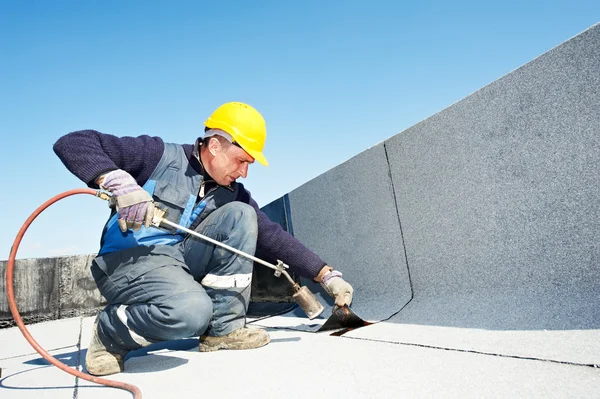The roof of your home is a significant investment. It’s also prone to damage if it isn’t properly maintained.
The PNW’s long, damp periods can promote moss growth that can cause damage to your roof and allow leaks into your home. Dry rot is another common problem that can be very costly to repair.
For expert roof repair in Portland, trust certifiedroofingservicesportland.com. Learn about storm damage and roofing solutions at nevertimes.co.uk, ensuring safety and quality for your home.
Damaged Shingles
While the shingles on your roof are the primary protective layer against moisture, damaged or missing ones can allow water to seep in. This can cause serious damage to the structure of your home and lead to leaks.
Keeping your roof in good condition starts with repairing or replacing damaged shingles as soon as you notice them. First, find a bundle of shingles that closely matches the existing ones. Using your catspaw pry bar, carefully peel back the shingle layer above the torn or missing section and remove the nails holding it.
In addition to repairing or replacing damaged shingles, regular roof cleaning and maintenance are important. This includes clearing away debris and preventing moss growth, which can lift shingles and cause them to become misshapen. It also means ensuring that gutters are working properly and directing water away from the foundation of your home. This prevents pooling water and protects your landscaping from flooding and erosion.
Clogged Gutters and Downspouts
Clogged gutters are one of the most common causes of roof leaks. All the debris that lands on your roof drains down into gutters and then flows out through downspouts. But when something snags inside a downspout it can create a dam that keeps water from flowing.
Downspout clogs usually happen near downspout elbows where they twist and turn. You can often find a clogged downspout by listening to the gutter when it rains—if you hear a dull thud instead of a hollow sound, there’s a clog somewhere in that elbow.
If you’re comfortable climbing a ladder to access your downspouts, try using a garden hose to flush out the clog. If this doesn’t work, you might need to take apart the downspout. It’s best to do this when the weather is warm, so you don’t get wet and cold while working on the ladder. You should also wear work gloves and make sure the ladder is stable.
Debris on the Roof
Debris like twigs, pine needles, leaves, and other organic material can scrape or puncture roof shingles during storms. They can also clog gutters, leading to overflow and interior wall leaks. If you live near trees, it’s important to trim them regularly to keep debris from accumulating on the roof.
Light debris is usually easy to remove on your own as long as you’re comfortable climbing a ladder. However, it’s often better to leave the heavy stuff to professionals so that you don’t risk a fall or other injury.
Keeping the attic and crawl space clean of debris, trash, and rodent droppings helps protect your investment and prevent water damage in the future. It’s also important to monitor the condition of the attic insulation and check for signs of moisture, such as discoloration or rot around vents, skylights, and chimneys. It’s also a good idea to regularly inspect and repair the attic flashing, which connects the attic and the roof.
Poor Drainage
With our damp climate, poor drainage can quickly lead to problems such as puddles around the foundation of the home or mold growth. A simple solution is to work in lots of compost, which will add pore spaces for oxygen and lighten the soil. This is a multi-year process, but one that will help reduce erosion and moisture issues that contribute to leaks and water damage.
Plumbing leaks can be devastating, causing damage to the interior and structure of a home. Leaks can be detected by noticing water marks on ceilings or walls, the smell of musty odors, or water dripping from fixtures.
If you find any of these issues, contact a professional Portland roofing contractor for an inspection as soon as possible to prevent further damage. The longer you wait, the worse the problem will get. For instance, a small leak in your ceiling can develop into a massive leak over time. A professional can repair these leaks more efficiently and inexpensively.


